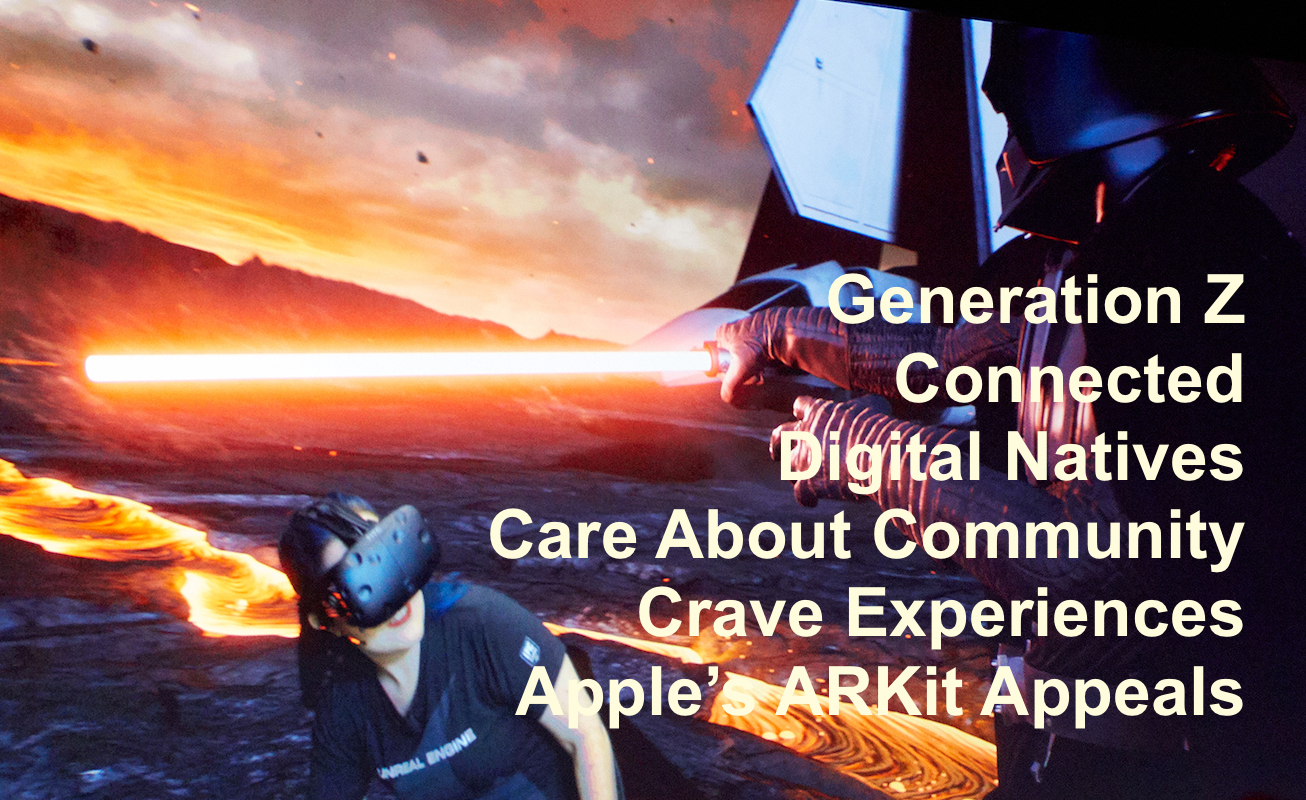Apple’s Secret Weapon is its Generation Z Brand Appeal

Ask any U.S. teenager and you’ll probably find they use, or plan to use, an iPhone – and when Apple launches iOS 11 and iPhone 8, it’s pretty clear the company hopes to ignite interest in these new users.
Why wouldn’t it?
There are, after all, around 42 million teenagers in the U.S. and this group will account for around 40 percent of U.S. consumer spending in around three years, following standard patterns.
Apple’s ads are shifting to reflect this focus. They are short, useful and to the point. They aim to engage interest among any video viewer with use of color, backing music and gentle humor designed to create an immediate and direct relationship with those who watch them. This reflects the company’s recognition that to build success tomorrow it needs to build links with the people who will live in that time.
What are the chances?
Samsung may have dented Apple’s iPhone appeal a little with its anti-iPhone ads that aimed to show iPhones as devices parent’s used, but its attempts singularly failed to break the iStranglehold on the premium iPhone market.
Now Apple is working to make those Android devices look like the kinds of things you only use because you must. The following slices of data tell me its plans are really cutting through those all-important Gen-Z consumers:
- Piper Jaffray claims 76 percent of U.S. teens already own iPhones, with an astonishing 81 percent thinking they will get an iPhone as their next smartphone.
- eMarketer last year told us that around 75 percent of U.S. teens already have smartphones.
- 92 percent of iPhone owners that are “somewhat likely” or “extremely likely” to upgrade their smartphone in the next 12 months plan to purchase another iPhone, according to Morgan Stanley.
- When it comes to using iPhones, around 76 percent of U.S. teens are using Apple’s Messages platform, according to Giuseppe Stuto.
What does this mean?
It means that as Apple prepares to launch iOS 11 and to kick-start development of augmented and virtual reality apps, it also has a huge opportunity to provide a whole new set of entertainment and productivity improvements that may appeal to teenagers in the U.S. and, of course, worldwide.
What do these young people want? They are digital natives who understand how to navigate tech. They crave experience above ownership, crave new community and social contact, and are hyper-connected. Within this kind of model the device of choice must be able to easily support such experiences and connections, reliably and to an extent that favors a good customer experience.
Apple gets it
And that’s what changes in the subtext of its communications represent – a move to align itself with concepts of community and of ideals likely to inspire the more switched-on minds of teenagers.
Engagement demands consent, and while the dictatorial approach seems to think that people are stupid, can be lied to and told what to do, Apple’s strategy is to connect its consumers and equip them with a language of personal identity and the value of liberty.
That’s not just an anti-reactionary approach, it’s the approach Generation Z demands.
We can see the disaster of reactionary thinking unfolding across the news every day, but it will be Gen-Z that resets the channel once the idiots in high places who exploited the baby boomer’s narcissistic self absorption to seize power finally meet nature’s change agent.
What I’m saying: With its actions to align itself with tomorrow’s generations, Apple is working to define tomorrow’s mobile market: You’ll have iPhones for those who appreciate using good technology, and Android for those seeking tech on a budget. No wonder so many people are reading my switcher’s guide.




